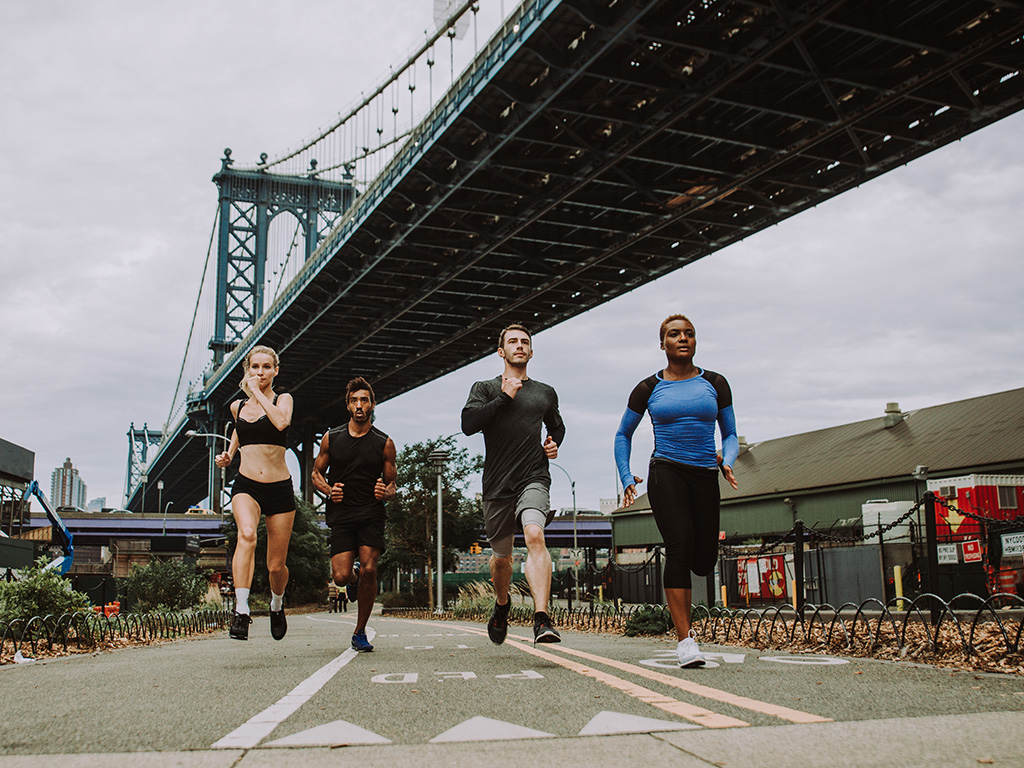How do social factors and built environments influence our levels of physical activity? A&M researchers look for answers

A new study published in the Journal of Physical Activity and Health reviews existing literature on the influences the built environment and social factors have on physical activity to find patterns between studies and avenues for future research.
Dr. Tyler Prochnow, assistant professor at the Texas A&M University School of Public Health, and colleagues from the School of Public Health, conducted a systematic review of literature on physical activity to see how influences of the social and built environments have been studied together, the ways the social and built environments affect each other to impact physical activity and which factors affect physical activity levels.
“The overlap between the social and physical environments are so critical for health behaviors like physical activity,” Prochnow said. “We need to do a better job of jointly measuring these environments and promoting policy, system and environment changes to optimize these influences.”
The researchers searched several scientific literature databases using search terms related to physical activity, the built environment, social factors and social network analysis and interaction.
To be included in the review, articles needed to include measurements of physical activity, data on the built environment and information on social factors. Articles also had to do some sort of analysis on interactions between the built and social environments and physical activity. The researchers initially identified more than 4,000 articles and narrowed down the selection to 87 articles that met their criteria.
The built and social environments have been shown to influence physical activity. The built environment covers physical aspects of communities such as walkability, perceived safety and access to parks and recreation facilities. The social environment includes relationships, interpersonal connections, peer group interactions, social norms and other behavioral influences.
The articles in the review used many different methods for measuring social and built environments and physical activity levels. These differences may make comparing studies challenging. In addition, some of the studies the researchers analyzed used methods that have not been fully validated, which could introduce bias. The studies also mostly covered a single point in time, limiting their ability to fully show causal relationships between environmental factors and physical activity over time. Only a handful of studies were experimental or longitudinal, that is, studies that followed a population over a longer period. In addition, the researchers noted that more frequent or even real-time measurements are needed to clarify how the social and built environments and physical activity interact.

